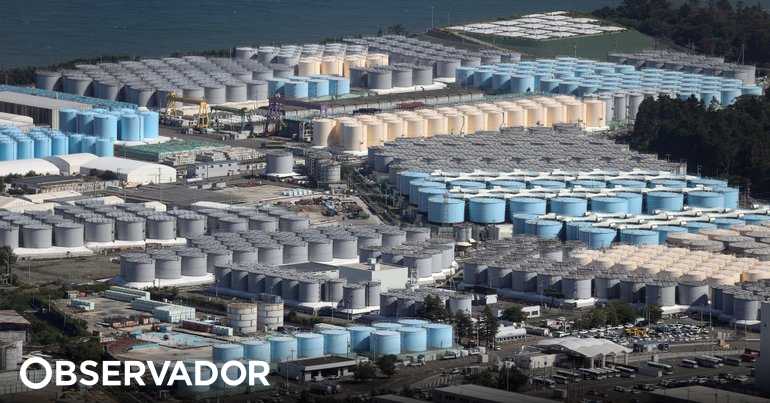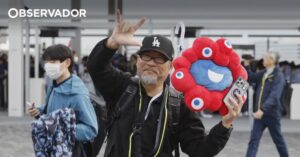
This Thursday, Japan began the second phase of releasing treated water from the Fukushima nuclear plant into the sea, a month after the start of operations, which provoked China’s fury.
The discharge began at 10:18 am (2:18 am in Lisbon), said a spokesman for Tokyo Electric Power (Tepco), operator of the Fukushima nuclear plant.
Tepco had announced a week ago the completion of inspections of the first unloading phase, which began on August 24th.
This water was stored for a long time in tanks at the plant and was treated to remove radioactive substances, with the exception of tritium, which is only dangerous in very high concentrated doses, according to experts.
Tepco then dilutes the water with seawater before releasing it into the ocean, to ensure the level of radioactivity does not exceed limits.
The discharge into the sea was approved by the International Atomic Energy Agency (IAEA), but the project provoked a diplomatic crisis between Japan and China, which suspended all imports of Japanese seafood products at the end of August.
Fukushima: Japan will release radioactive waters from the nuclear plant into the Pacific Ocean. What is at stake?
Russia, with tense relations with Japan, is considering doing the same.
On Monday, North Korea criticized the IAEA over its dumping of treated water from the Fukushima nuclear plant and its adoption of a resolution in response to Pyongyang’s nuclear weapons program.
As with the first flush, we will continue to monitor tritium levels. We will continue to inform the public in a clear and understandable way, based on scientific evidence”, Akira Ono, spokesperson for Tepco, told journalists last week.
Despite Beijing’s trade measures, Chinese boats continue to fish off Japan in the same areas as Japanese vessels, according to Japanese daily Asahi.
Protests in Tokyo and seafood imports banned by China after release of wastewater from the Fukushima nuclear plant
The United States ambassador to Japan, Rahm Emanuel, published photographs two weeks ago on social network X (formerly Twitter), which, according to the diplomat, show Chinese fishing boats off Japan on September 15th.
One month later and zero tritium detected in the Fukushima waters according to Japan Fisheries Agency. Seems like China got a jump on the news; no wonder they continue to catch fish in Japan’s EEZ. They have a choice between fiction or fact, and they choose fiction so they can… pic.twitter.com/MMlfprinfr
— U.S. Ambassador to Japan Rahm Emanuel (@USAmbJapan) September 27, 2023
Around 7,800 cubic meters of tritium-containing water will have been discharged during the first 17-day phase. In late August, Tepco stated that it was planning three other similar operations by the end of March 2024.
In total, Tokyo plans to release more than 1.3 million cubic meters of water from Fukushima into the Pacific Ocean – the equivalent of 540 Olympic swimming pools – gradually, until the beginning of the 2050s, according to the current calendar.
Source: https://observador.pt/2023/10/05/arrancou-no-japao-segunda-fase-de-descarga-da-agua-tratada-de-fukushima/

